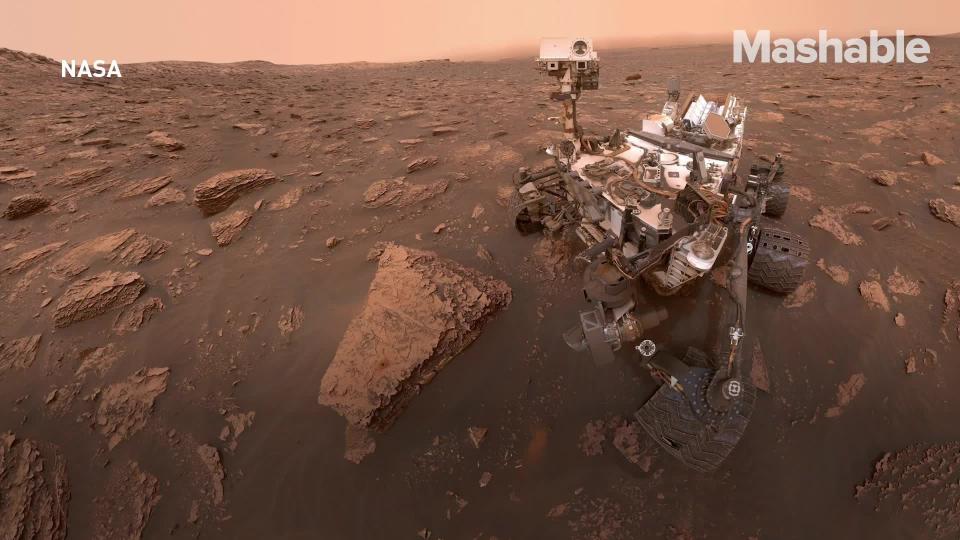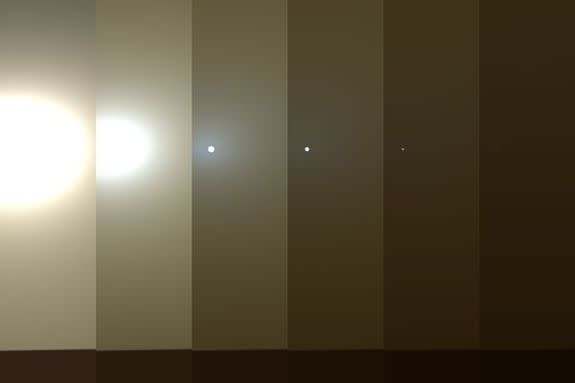NASA's Curiosity rover took a badass Mars selfie during a huge dust storm


The dust storm on Mars continues to grow.
On Wednesday, NASA announced the storm has progressed from a continent-sized tempest to an event that has engulfed the entire red planet.
"The Martian dust storm has grown in size and is now officially a 'planet-encircling' (or 'global') dust event," NASA said in a statement.
SEE ALSO: NASA's Opportunity rover braves huge dust storm on Mars as scientists keep watch
But a storm can't keep the Curiosity rover down.
The space robot, which has been exploring the Martian surface since 2012, took a pretty amazing selfie as the storm was heating up on June 15.
That said, NASA's other functioning rover on Mars isn't doing quite as well in the storm.
For two weeks, the storm has smothered the Mars Opportunity rover, turning day to night and blocking nearly all light from reaching the robot's solar arrays.

Image: nasa
The energy-starved machine has been in sleep-mode for the past week, and is no longer communicating with NASA engineers — though, they're hopeful the robot will charge up when the storm dissipates.
That said, even if Curiosity experiences near total darkness, it won't lose power like Opportunity. Curiosity, a car-sized rover, runs on nuclear energy.
It's unknown how long this dust storm will last, though previous Martian dust storms have persisted for weeks to months. It's also unknown why some Martian storms stay relatively small and die off after a week, while others continue to grow.
"We don't have any good idea," Scott Guzewich, an atmospheric scientist at NASA Goddard Space Flight Center, said of these storms in a statement.
But Curiosity, along with spacecraft orbiting Mars, are now in an ideal position to send information about this progressing dust storm back to Guzewich and other NASA scientists.
Mars, though, is an ideal place for dust storms to occur. Unlike Earth, it has no trees and vegetation to keep dirt rooted to the Earth. And Mars' oceans have long since evaporated away, leaving a vast dust-ridden desert at the mercy of the callous Martian winds.
WATCH: NASA is attempting to fly a helicopter on Mars for the first time


